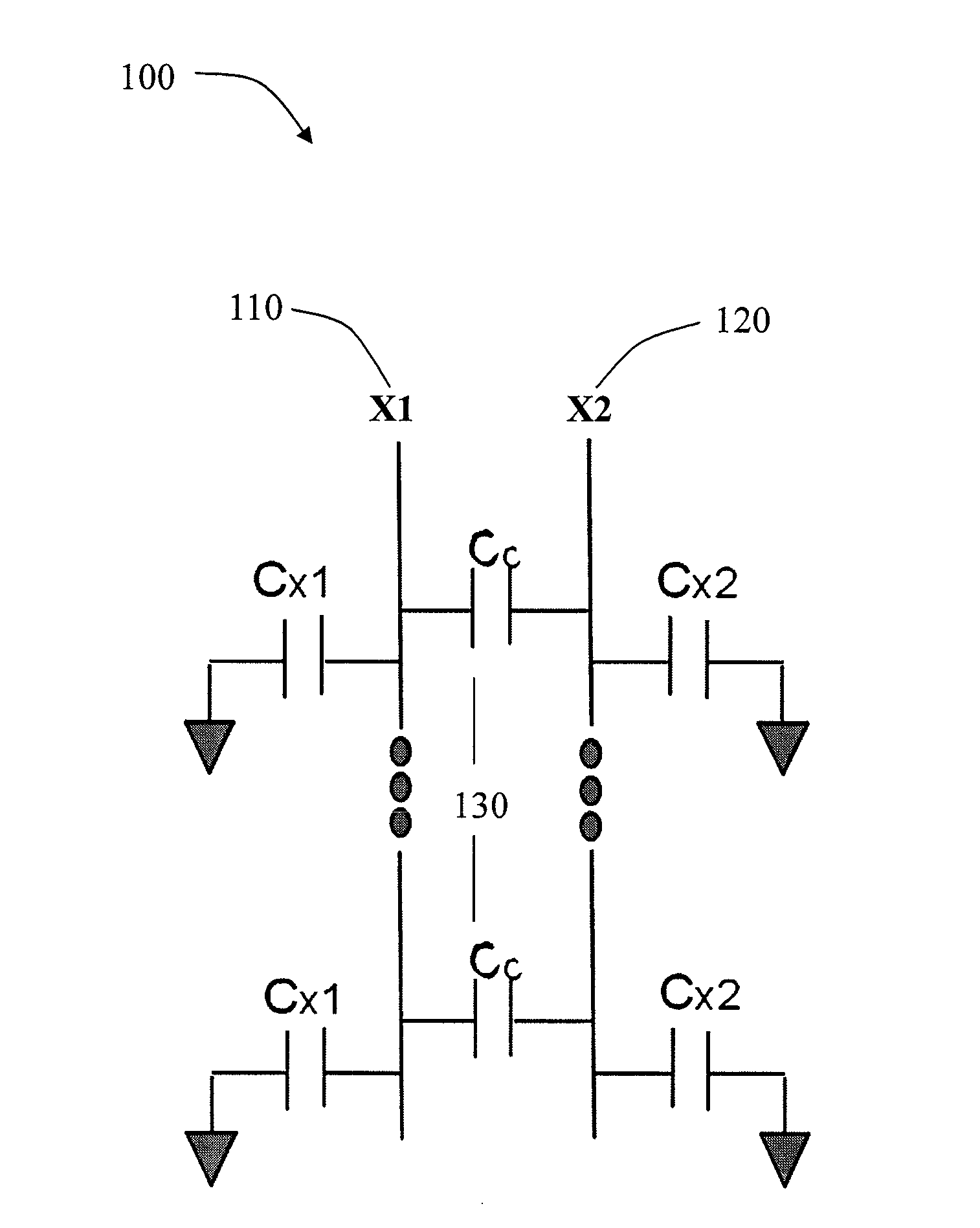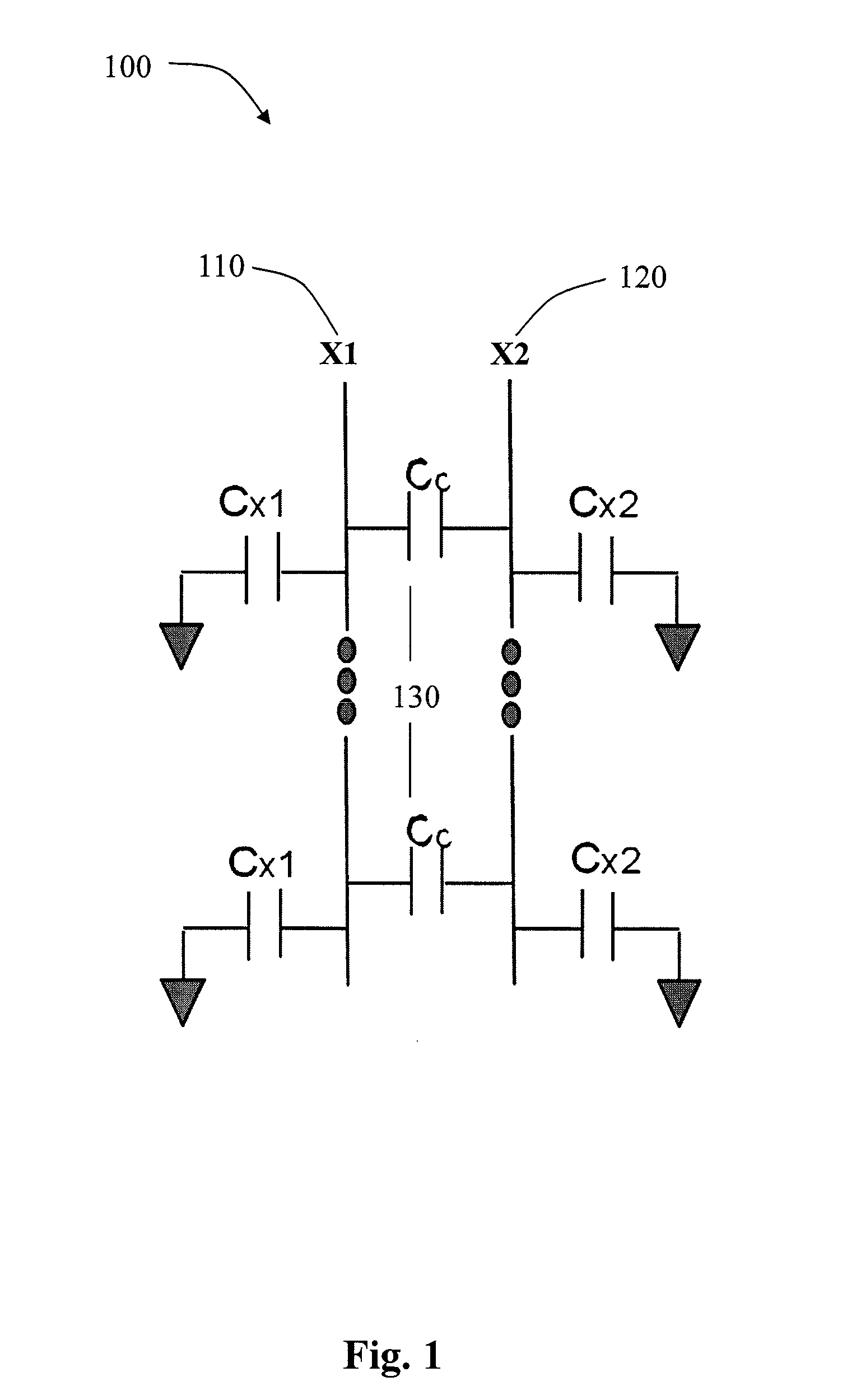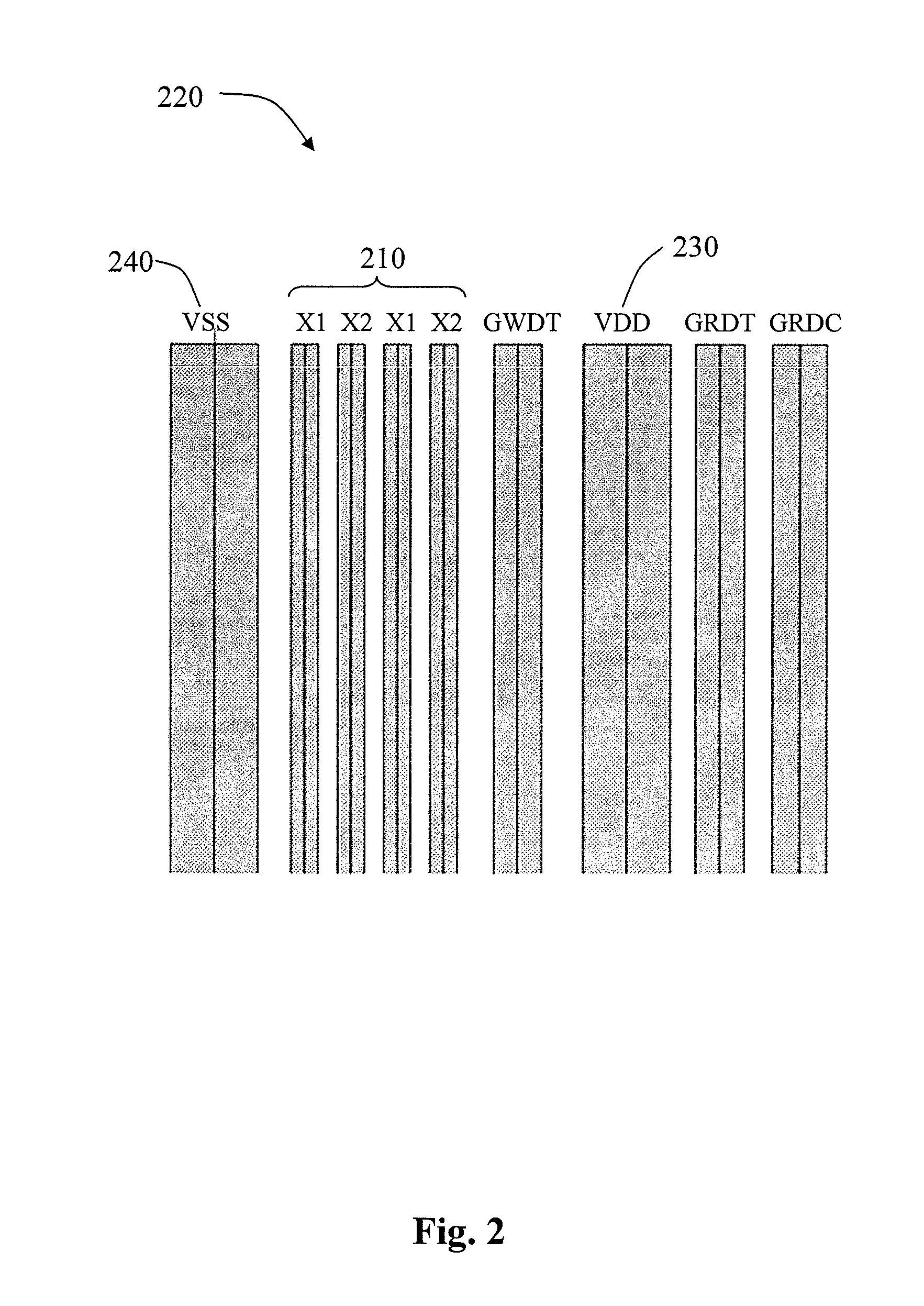Method and system for an adaptive negative-boost write assist circuit for memory architectures
a technology of write assist circuit and memory architecture, applied in the direction of information storage, static storage, digital storage, etc., can solve the problems of increasing process variation and device reliability, compromising device dimensions and threshold voltage targets established for sram devices, and imposing system level requirements. increasing constraints on sram designs
- Summary
- Abstract
- Description
- Claims
- Application Information
AI Technical Summary
Benefits of technology
Problems solved by technology
Method used
Image
Examples
Embodiment Construction
[0008]The design of SRAM cells has traditionally involved a compromise between the read and write functions of the memory array to maintain cell stability, read performance and write performance. In particular, the transistors which make up the cross-coupled latch must be weak enough to be overdriven during a write operation, while also strong enough to maintain their data value when driving a bit-line during a read operation. The access transistors that connect the cross-coupled inverters to the true and complement bit-lines affect both the stability and performance of the cell. It is understood that while the description of the invention may refer to SRAM type memories, the invention is not limited to SRAM. The techniques, methods and systems disclosed herein are equally applicable to other memory types, such as CAM and other memory architectures.
[0009]FIG. 1 is a capacitive coupling boost capacitor. There are two coupling lines in the layout 100, X1 110 and X2 120. Capacitor Cc 1...
PUM
 Login to View More
Login to View More Abstract
Description
Claims
Application Information
 Login to View More
Login to View More - R&D
- Intellectual Property
- Life Sciences
- Materials
- Tech Scout
- Unparalleled Data Quality
- Higher Quality Content
- 60% Fewer Hallucinations
Browse by: Latest US Patents, China's latest patents, Technical Efficacy Thesaurus, Application Domain, Technology Topic, Popular Technical Reports.
© 2025 PatSnap. All rights reserved.Legal|Privacy policy|Modern Slavery Act Transparency Statement|Sitemap|About US| Contact US: help@patsnap.com



